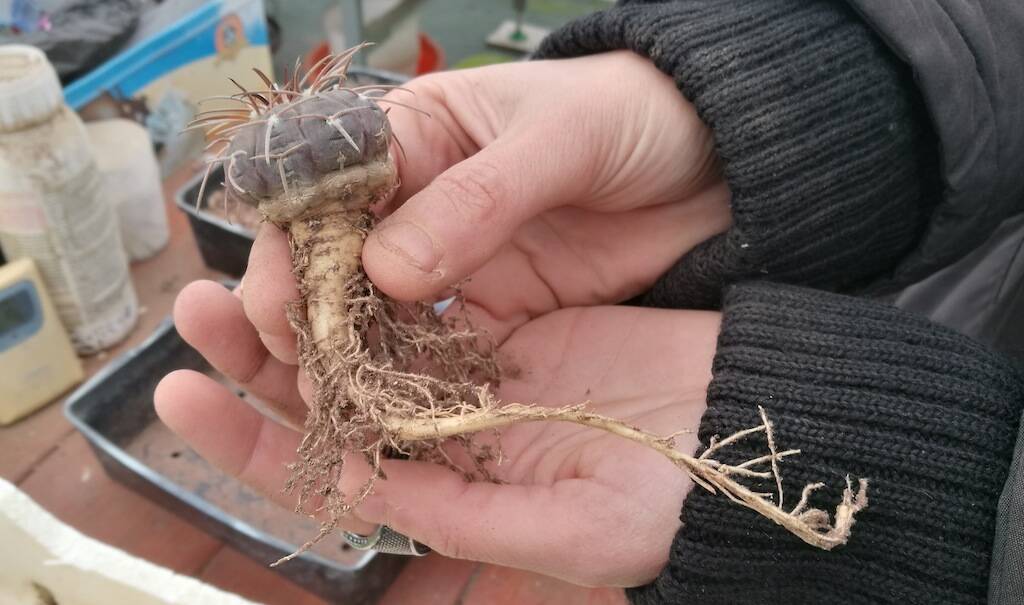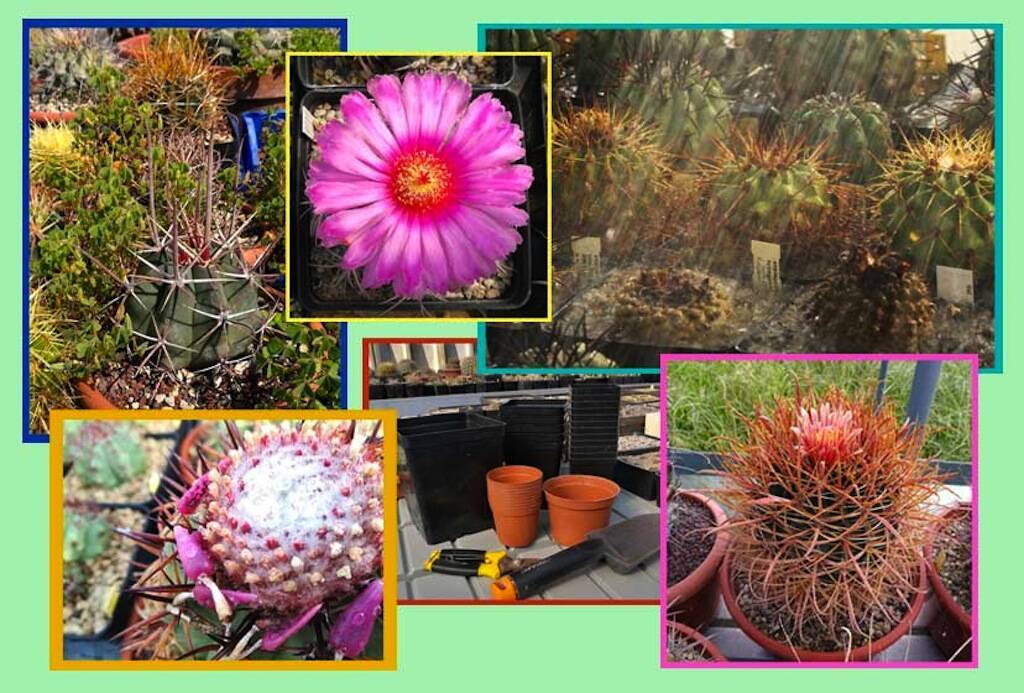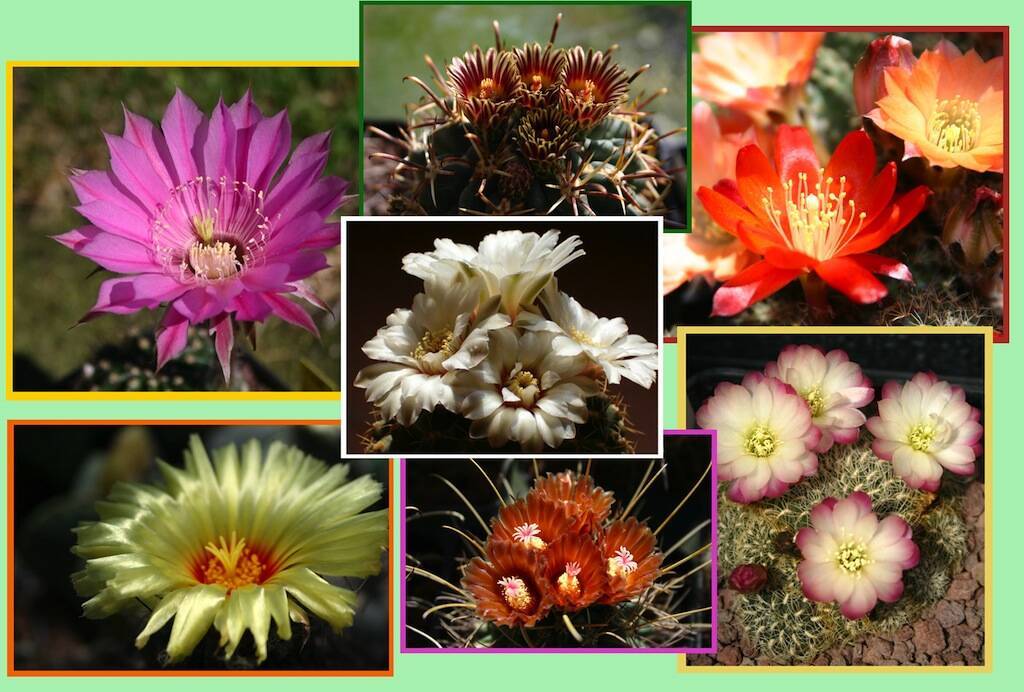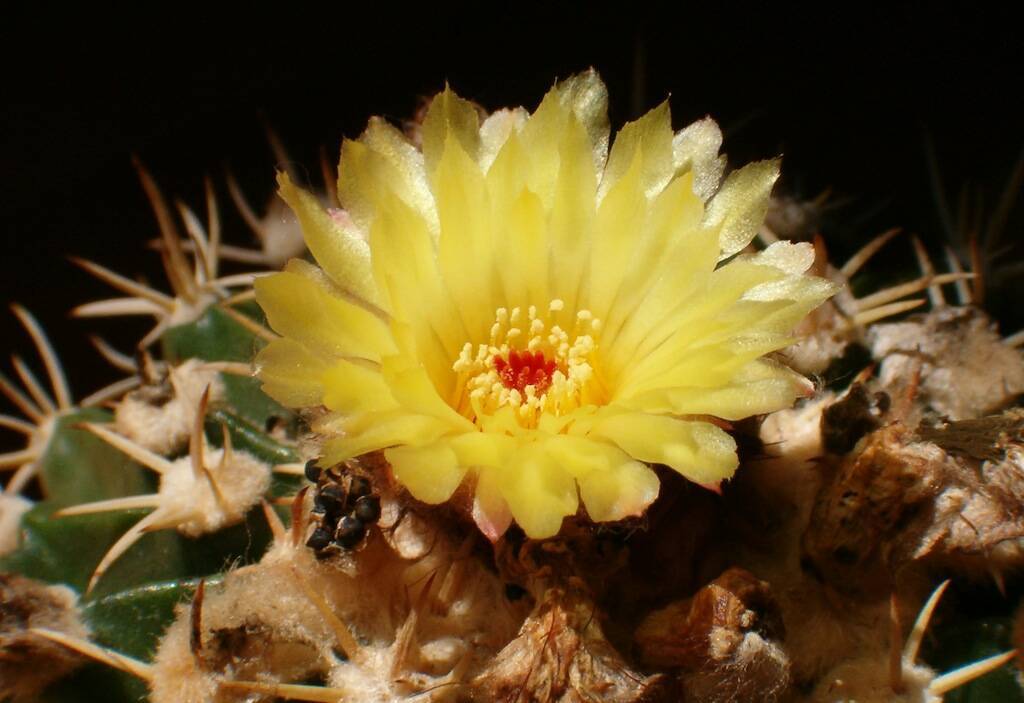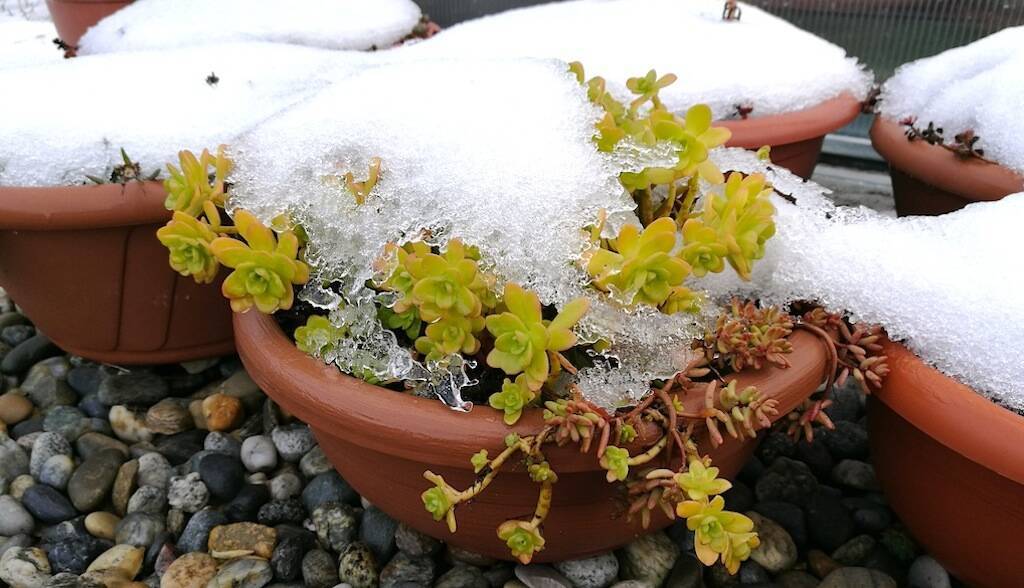Given that it is possible to repot cacti and succulent plants in almost all months of the year, for more than fifteen years I have been carrying out this operation during the winter, between December and February. If necessary, for example in the case of a suffering plant or a new purchase, I repot even in spring or in the middle of summer. I almost never repot in autumn, because in this period the plants begin to slow down their growth to start the winter stasis and I prefer to avoid “disturbing” this natural process, since repotting is always a small trauma for a plant.
We look at the benefits of repotting cacti and succulents over the winter in the article that follows. (…)
Continue reading “Repotting cacti in winter: here’s why and what are the advantages of this choice”


